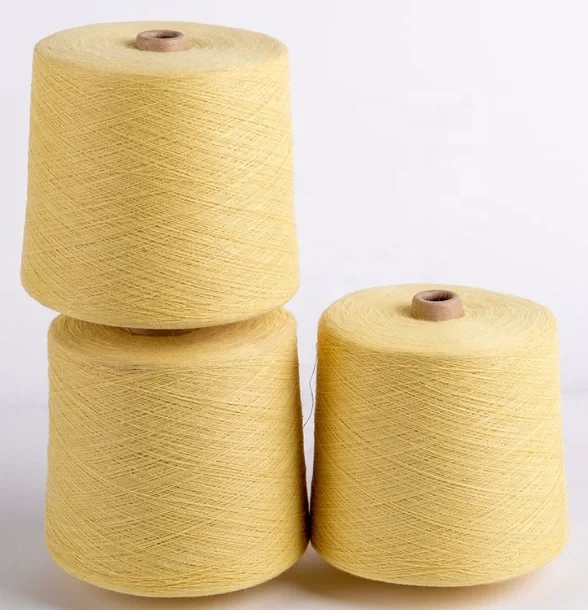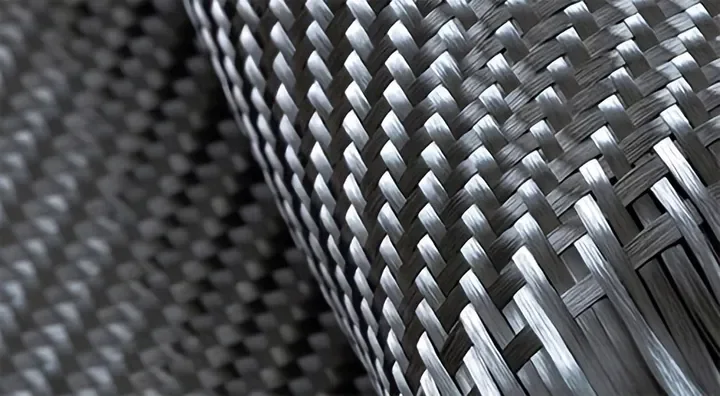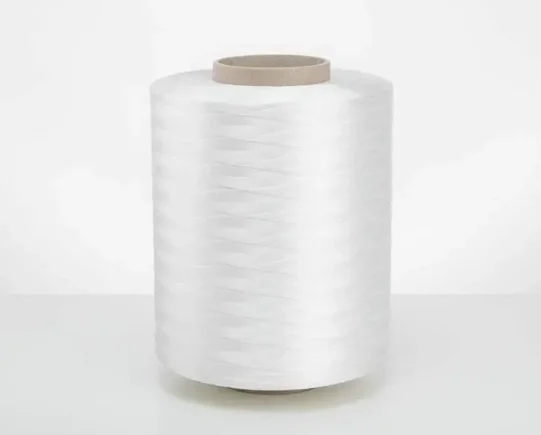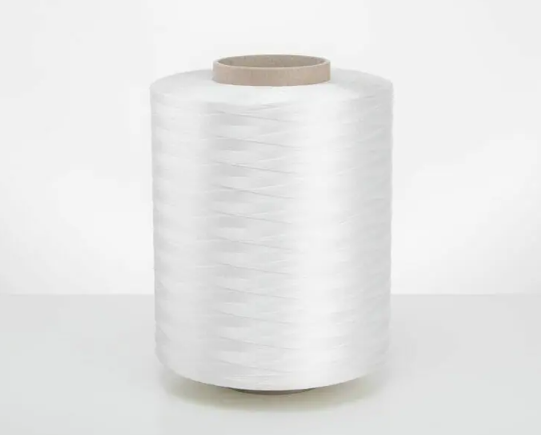The full name of aramid fiber is aromatic polyamide fiber, which is a linear polymer composed of aromatic groups and amide groups. It has excellent mechanical properties, stable chemical structure, ideal mechanical properties, and has excellent properties such as ultra-high strength, high modulus, high temperature resistance, acid and alkali resistance, light weight, and wear resistance.
Different from ordinary flexible polymer molecular chains, the main chain structure of para-aramid fibers is mainly composed of rod-like molecular structures formed by the paraposition of benzene rings. Due to the existence of the large conjugated benzene ring, the internal rotation of the molecular chain segment is difficult to occur, thus presenting a linear rigid structure.
According to different chemical structures, aramid fibers can be divided into three types: para-aramid, meta-aramid and ortho-aramid, among which ortho-aramid is rarely used.
Application of para-aramid fiber
Para-aramid has excellent bulletproof properties, mainly including soft and hard structures in military protection. Aramid fabrics can be made into bulletproof vests and explosion-proof blankets, and can also be compounded with resin to make hard helmets and armor explosion-proof liners. Para-aramid has excellent cut resistance, heat resistance and abrasion resistance, and is also used as industrial protective clothing. Gloves made of para-aramid prevent damage from finger cuts, friction, punctures, heat and flames during industrial operations.
Aramid pulp is a plateau fiber with high specific surface area, high tensile strength and low density, which can be dispersed as a special reinforcement material for different substrates such as resin and rubber. Currently, aramid pulp has become the first choice for new organic materials for the manufacture of brake linings and clutch panels. Para-aramid pulp has high grip and can improve the "green strength" of friction materials. Aramid pulp reinforced brake pads can improve preform strength and processing technology before the brake pads are vulcanized. Aramid pulp reinforced friction material can effectively improve the wear resistance of brake lining and clutch lining, so that it has a higher braking life.
As a reinforcement for composite materials, para-aramid can also be mixed with carbon fiber and glass fiber.
Composite materials need to consider good cost performance at lower weight. Because of its low cost, glass fiber has become the most widely used reinforcing fiber. Carbon fibers have higher strength and modulus and lower elongation, but are more expensive to prepare. Aramid fiber combines the advantages of carbon fiber and glass fiber, and has the characteristics of high strength, high modulus and low density. Used to reinforce materials can greatly improve the impact resistance of materials.
At present, para-aramid reinforced composite materials have been widely used in aerospace parts, auto parts, ships, sports products, pressure vessels and other fields. Para-aramid can greatly reduce hull weight and provide higher tear strength and puncture resistance than fiberglass composites.
The fishing rod made of carbon fiber and aramid fiber mixed reinforced composite material has the longitudinal stiffness of unidirectional carbon fiber and aramid fiber, light weight, stable structure and good performance.
Aramid reinforced pipes can be used in oil and gas pipelines to replace original steel pipes to avoid leakage caused by corrosion; reducing the weight of pipelines also simplifies the transportation and installation process.


Application of meta-aramid fiber
Meta-aramid has excellent thermal properties and thermal and wet comfort, so fabrics made from this type of fiber are not only flame retardant. Moreover, it will not melt or drip, and is usually made into heat-insulating and flame-retardant protective clothing in the fields of industry, military, firefighting, and car racing.
Flame-retardant thermal insulation materials usually use heat insulation, reflection, heat absorption, or carbonization of the material itself to achieve the purpose of blocking flames.
Fire-resistant clothing is usually a special fabric made of a mixture of various materials or multi-layer fabrics to achieve the effects of flame retardancy, heat insulation, and prevention of body fluid evaporation. Although meta-aramid has a high glass transition temperature and melting point, the fabric density is reduced due to shrinkage, and the yarn gap is too large, which will affect the barrier performance in flames. Therefore, this situation can be reduced by co-spinning with yarns of para-aramid or other materials.

Aramid Fiber Supplier - HengZhong High Performance Fiber Products Co., Ltd.
HengZhong High Performance Fiber Products Co., Ltd. mainly uses carbon fiber, aramid fiber, and basalt fiber as raw materials for weaving fabrics. The main products include carbon fiber fabric, aramid fiber fabric, basalt fiber fabric, hybrid fiber fabric, woven tape, and prepreg. Our products are not only applied in the aerospace field but also to a wide range of civil markets, such as automotive components, ship yachts, sports equipment and medical equipment. If you are interested in aramid fiber, please contact us to know more.

